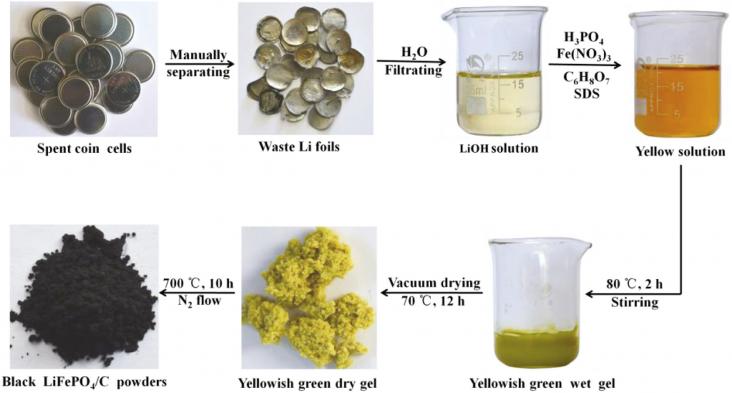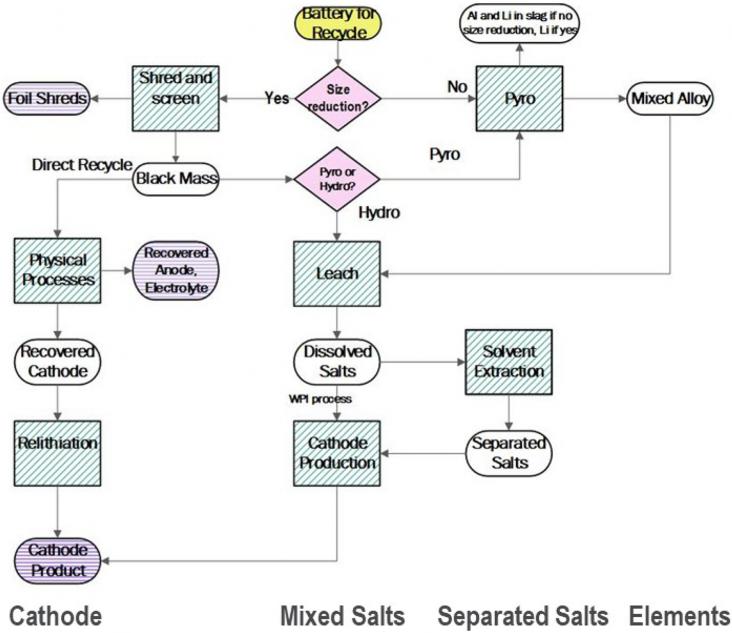

There is a need to develop technology to enable a resource-efficient and economically feasible recycling system for lithium-ion batteries and thus assure the future supply of the component material
John A. Gladysz is a Distinguished Professor of Chemistry at Texas A&M University, where he holds the Dow Chair in Chemical Invention.
Green Ports: Inland and Seaside Sustainable Transportation Strategies, Volume , 20 September 2018
Efforts to protect nature are facing a growing crisis, one that often revolves around the burgeoning impacts of roads and other infrastructure on biodiversity and ecosystems.
